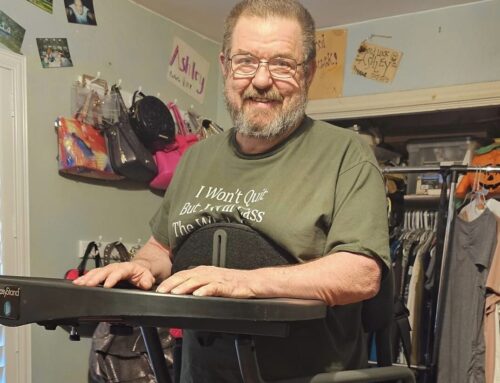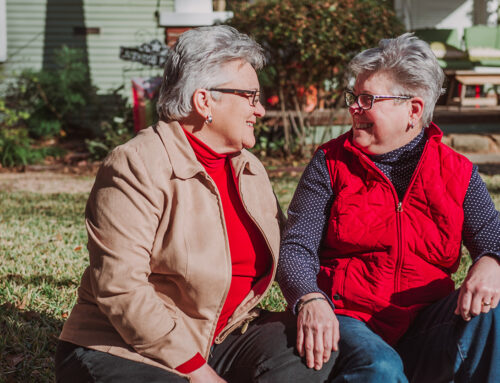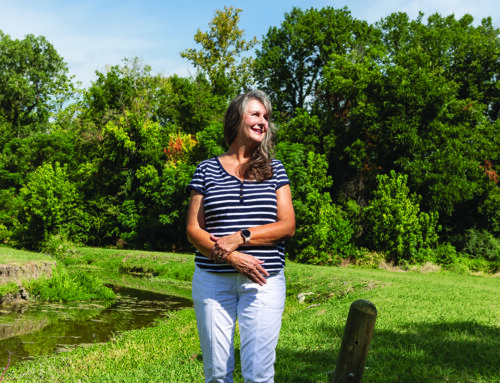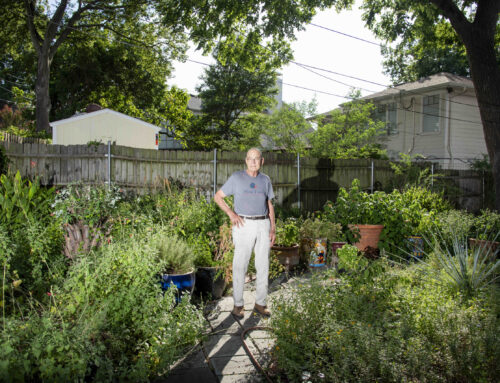There’s been a lot of neighborhood history reported in this column that may have surprised some of you. But here’s one more historical point of interest, as recollected by longtime neighborhood resident Joe Grubbs, that you might not have known.
“As a young man, I would go to what is now Central Expressway and Fitzhugh to watch the Ringling Brothers Circus train pull off from the Houston and Texas Central track to unload,” Grubbs says.
“People who lived and worked in the area would watch the circus folks lead their animals from the train and walk them down to our present-day West End area, where the circus had set up its operations. Tents were set up where all of the overpasses are today.
“I had a ringside seat. In those days, there was a street called Heating that ran parallel to the Central track, just a short distance to the West. My cousin lived in a house on Heating, just south of Fitzhugh. When the circus train pulled in, we would watch the entire event from my cousin’s front porch.”
Central track was one of two major railroads that led to the growth and prosperity of our neighborhood.
As a town with no natural waterways, Dallas needed a rail connection to the ocean. John Neely Bryan began crusading as early as 1866 for this vital connection.
On July 16, 1872, the first wood-burning locomotive of the Houston and Texas Central Railroad, the north-south connection, pulled into Dallas after a 15-hour run from Houston. Almost a year later, the town became a rail transportation crossroads when the first locomotive of the Texas and Pacific Railroad, the east-west connection, pulled into Downtown Feb. 12, 1873.
The railroads quickly transformed a frontier town of about 2,000 into a bustling metropolis of more than 7,000.
Changes in the transportation industry led to the removal of the Central tracks some 75 years later to prepare for another north-south connection – Central Expressway.





